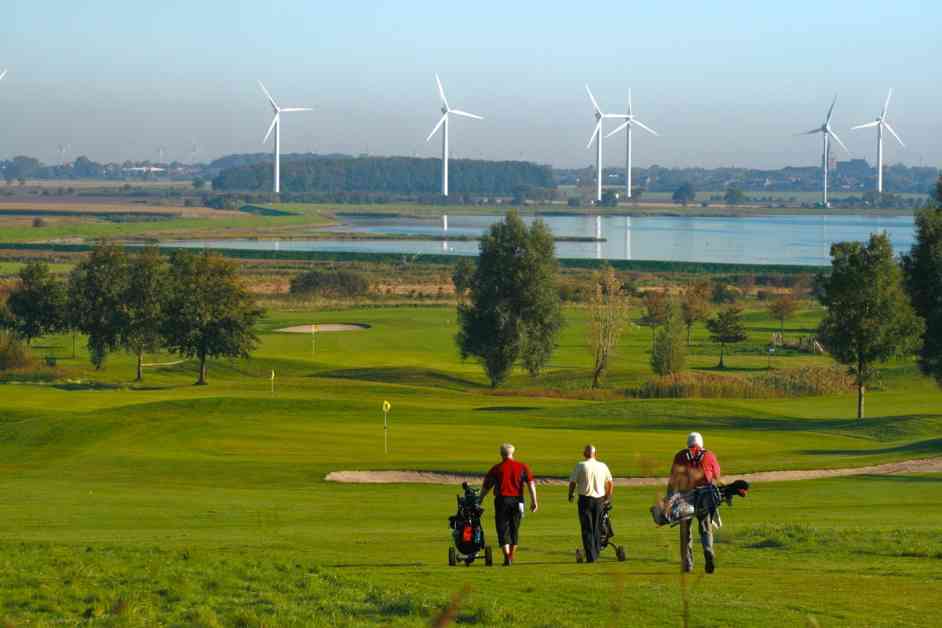Renowned Study Reveals Surprising Prioritization of Golf Courses Over Renewable Energy
In recent years, the debate surrounding land use for renewable energy projects versus other recreational or commercial activities has intensified. A groundbreaking study published in the journal Environmental Research Communications sheds light on a startling revelation: in countries like the United Kingdom and the United States, significantly more land is allocated for golf courses than for solar and wind energy facilities.
The study, titled “Countries across the world use more land for golf courses than wind or solar energy,” challenges conventional perceptions of land use priorities and highlights the potential for rethinking sustainable practices. Led by Dr. Jann Weinand, head of the department of Integrated Scenarios at the Institute Jülich Systems Analysis at Forschungszentrum Jülich in Germany, the research underscores the untapped potential of reshaping land use strategies to accelerate the global transition to renewable energy.
Unveiling the Discrepancy: Golf Courses vs. Renewable Energy
When examining the land allocation in the top 10 countries with the highest number of golf courses, the study reveals a stark contrast in the capacity for renewable energy production. According to IOP Publishing, the area occupied by a single golf course could potentially support up to 659 gigawatts (GW) of wind capacity and 842 GW of solar capacity. These figures surpass the installed capacity of many existing renewable energy facilities, presenting a compelling case for reevaluating land use policies.
In essence, the study challenges the status quo by juxtaposing the environmental impact of golf courses, which often require chemical treatments and substantial water consumption, with the sustainable benefits of solar farms and wind turbines. While golf courses cater to a select few and have a significant ecological footprint, renewable energy installations offer a viable solution for reducing greenhouse gas emissions and promoting environmentally-friendly practices.
Rethinking Land Use Priorities for a Greener Future
Dr. Weinand emphasizes that the study does not advocate for the direct conversion of golf courses into renewable energy sites. Instead, it underscores the vast potential for expanding renewable energy infrastructure on similarly large and underutilized areas. By reimagining land use priorities and considering the broader implications of allocating land for recreational activities versus sustainable energy generation, societies can accelerate the transition towards a cleaner, more resilient future.
As the global discourse on land use intensifies, it becomes increasingly critical to evaluate how land resources are distributed, especially when significant portions are dedicated to activities that benefit only a fraction of the population. By fostering a deeper understanding of the environmental implications of land allocation, policymakers, environmental advocates, and the public at large can collaborate to shape a more sustainable and equitable landscape for future generations.
In conclusion, the study serves as a poignant reminder of the interconnectedness between land use decisions and environmental sustainability. It challenges us to rethink our priorities, consider the long-term consequences of our actions, and strive towards a more harmonious coexistence with our planet. As we navigate the complex terrain of renewable energy development and land management, let us heed the call to embrace innovation, collaboration, and a shared commitment to building a greener, more prosperous world.














